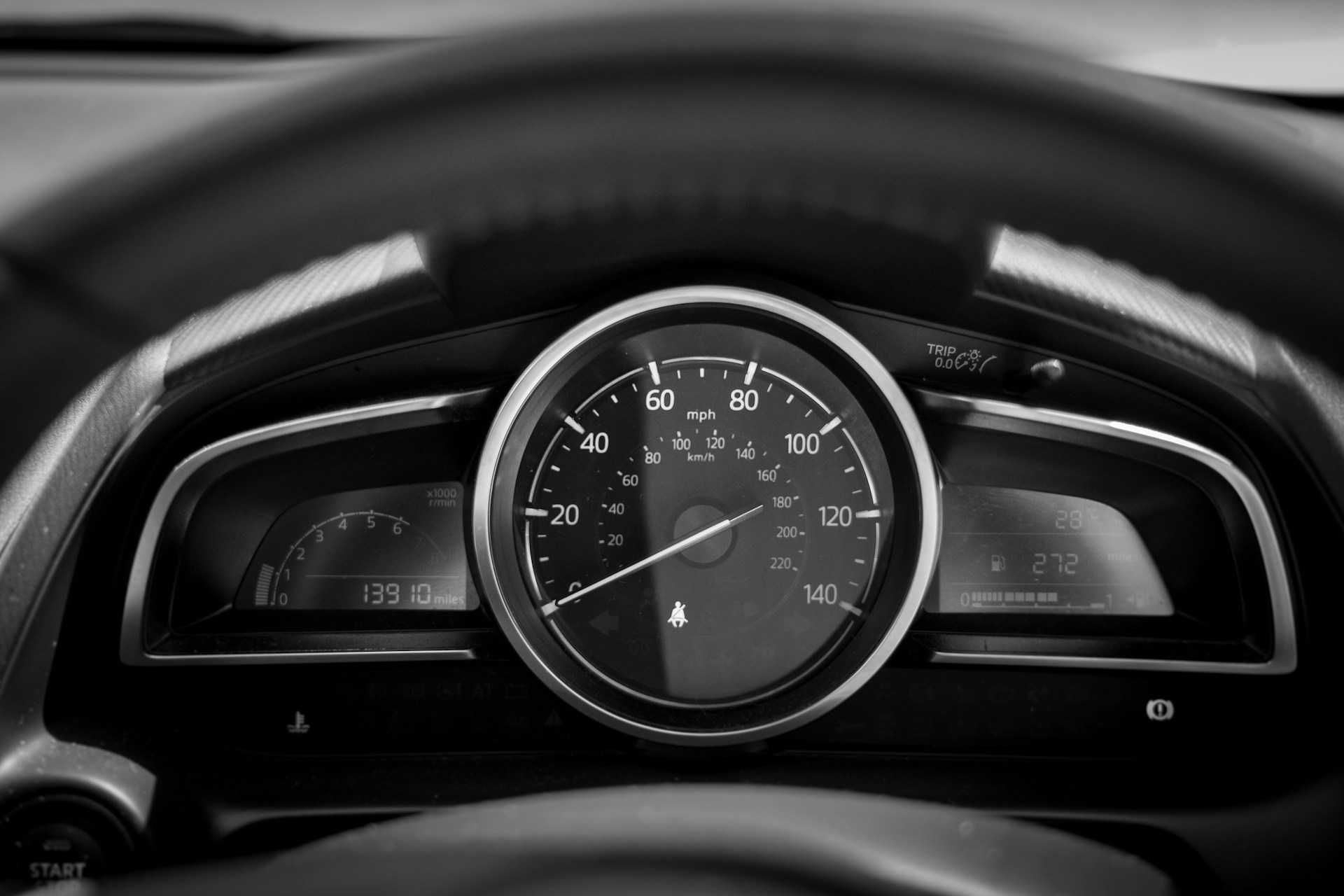Buying or selling a used car involves more than checking the price tag. True market value depends on several factors, but two stand out: mileage and service history. These details shape how buyers view a vehicle’s reliability, future costs, and overall worth. Whether you are listing your car or shopping for one, understanding how these elements affect value helps you make smarter decisions.
This guide breaks down how mileage and service history impact resale pricing, buyer interest, and long-term ownership costs.
Why Mileage Matters
Mileage shows how much a car has been driven. Lower mileage usually means less wear and tear, which often translates to higher value. A car with 40,000 miles will typically sell for more than the same model with 120,000 miles—even if both look clean.
Buyers use mileage to estimate:
- Remaining lifespan
- Upcoming maintenance needs
- Risk of breakdowns
- Fuel efficiency changes over time
Mileage also affects insurance rates and financing terms. Some lenders offer better rates for lower-mileage vehicles, assuming they are less likely to need repairs.
Still, mileage alone does not tell the full story. A well-maintained car with 100,000 miles may be more reliable than a neglected one with 50,000.
How Service History Adds Context
Service history shows how a car was cared for. Regular oil changes, tire rotations, and scheduled maintenance signal responsible ownership. Gaps in service or missing records raise red flags.
Buyers look for:
- Consistent maintenance intervals
- Repairs done by certified shops
- Use of quality parts and fluids
- Records of major fixes (timing belt, transmission, brakes)
A complete service history builds trust. It shows the seller is transparent and the car was not abused. That can boost resale value—even if the mileage is high.
On the flip side, a car with no records may scare off buyers. They might assume hidden problems or skipped maintenance, which lowers perceived value.
Mileage vs. Age: Which Matters More?
Age and mileage often go hand in hand, but they are not equal. A 10-year-old car with 60,000 miles may be worth more than a 5-year-old car with 120,000 miles. Why? Because the older car was driven less and may have fewer mechanical issues.
Still, age affects other things:
- Rubber parts like hoses and seals degrade over time
- Electronics may become outdated
- Paint and interior materials wear down
The best-case scenario is a newer car with low mileage and full service records. But if you must choose, many buyers prefer higher mileage with strong maintenance over low mileage with no history.
How Sellers Can Use This Info
If you are selling a car, highlight both mileage and service history. Be honest about the numbers, but frame them with context.
For example:
- “Driven 110,000 miles, but always serviced on time at a certified shop”
- “Low mileage vehicle with full maintenance records available”
Clean up your records before listing. Organize receipts, print service logs, and be ready to show them. That builds buyer confidence and may justify a higher asking price.
How Buyers Can Spot Value
When shopping, do not just filter by mileage. Look deeper. Ask for service records. Check for signs of regular care, like clean oil, fresh tires, and working brakes.
Use tools like:
- Carfax or AutoCheck for history reports
- Kelley Blue Book or Edmunds for pricing estimates
- Mechanic inspections for hidden issues
If a car has high mileage but strong service history, it may be a better deal than a low-mileage car with no records. You will likely spend less on repairs and enjoy more peace of mind.
Mileage and Service History Impact Long-Term Costs
Cars with poor maintenance often need expensive repairs. That includes engine work, transmission fixes, and electrical problems. Even small issues like worn brakes or dirty filters add up.
On the other hand, a well-maintained car may run smoothly for years. You save money on repairs, avoid breakdowns, and may even get better fuel economy.
That is why smart buyers look beyond the odometer. They want proof the car was cared for—not just parked in a garage.
Mileage and service history impact more than just resale value. They shape how buyers view risk, reliability, and long-term costs. Sellers who document care can ask for more. Buyers who check records can avoid regret.




